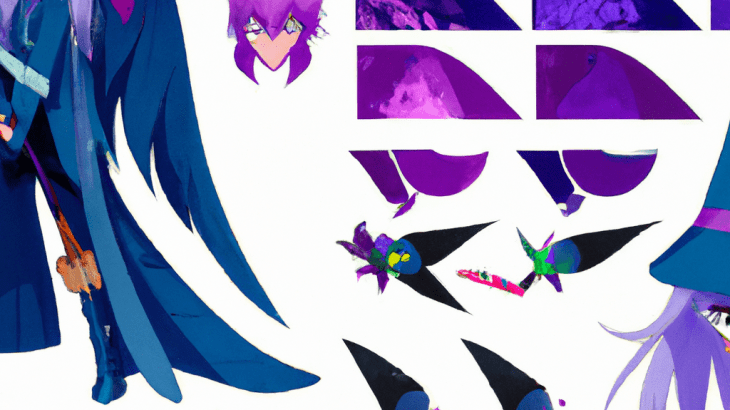The Evolution of Anime: From Cell Animation to Digital Masterpieces
Anime, which can be traced back to the early 20th century, has come a long way in terms of its production and animation techniques. From its humble beginnings using traditional cell animation to the incredible digital masterpieces we see today, anime has continuously evolved to captivate audiences worldwide. In this article, we will explore the intriguing journey of anime’s evolution.
Cell Animation: The Birth of Anime
The origins of anime can be traced back to Japan in the early 1900s. It initially gained popularity through hand-drawn, cell animation techniques. Animators meticulously hand-painted each frame on transparent sheets, known as cells. These cells were then photographed one by one, creating the illusion of movement when played in sequence.
This labor-intensive process required a large number of skilled artists to work collectively on every episode of an anime series. Despite these challenges, this method continued for many decades and became a quintessential part of the anime industry.
The Arrival of Digital Animation
The 1980s saw a significant turning point in the evolution of anime with the introduction of computer-assisted techniques. Studios began incorporating computers into the animation process, enabling more efficient production and improved visuals.
With the advent of digital animation, artists were able to create and manipulate characters and backgrounds directly on a computer screen. This streamlined the production workflow and allowed for greater control over the final product. The integration of digital techniques also brought about new possibilities in special effects, lighting, and style experimentation.
The Rise of Computer-Generated Imagery (CGI)
As technology continued to advance, a new era in anime began with the utilization of computer-generated imagery (CGI). This marked a significant shift in the industry, as CGI allowed for more complex and realistic animations.
CGI contributed to the creation of previously unimaginable worlds and mind-blowing action sequences. It opened up avenues for creating fantastical creatures, detailed mecha designs, and breathtaking landscapes. The incorporation of CGI brought anime to new heights, captivating viewers with its visually stunning and immersive experiences.
Enhanced Visuals and Efficiencies with Digital Painting
Another major development in the evolution of anime was the transition from traditional hand-painted cells to digital painting. This shift allowed for enhanced color grading, lighting, and artistic techniques.
With digital painting, artists could achieve more intricate details and vibrant aesthetics. The ability to work directly on a computer screen provided greater flexibility, faster production times, and easier revisions. It gave anime creators the tools they needed to bring their imaginative worlds to life with stunning visuals.
The Future: Advancements in Virtual Reality and Augmented Reality
As we look ahead into the future, the possibilities for anime seem endless, with the emergence of virtual reality (VR) and augmented reality (AR) technologies. Both VR and AR have the potential to revolutionize the anime viewing experience by immersing audiences in the virtual worlds they adore.
Imagine watching an anime episode with a VR headset, where you can step into the shoes of your favorite character and interact with the story firsthand. AR could also enhance the anime experience by overlaying digital elements and characters onto the real world, creating a magical blend of fantasy and reality.
Conclusion
The evolution of anime, from the laborious process of cell animation to the era of digital masterpieces, showcases the incredible advancements and artistic achievements of this beloved medium. With each step forward, anime has pushed the boundaries of creativity and storytelling, captivating audiences worldwide with its rich visuals and engrossing narratives. As technology continues to advance, anime lovers can eagerly anticipate even more thrilling innovations in the years to come.
Whether you’re a long-time anime fan or new to the genre, take a moment to appreciate the dedication and innovation that have shaped anime into the awe-inspiring art form it is today.
